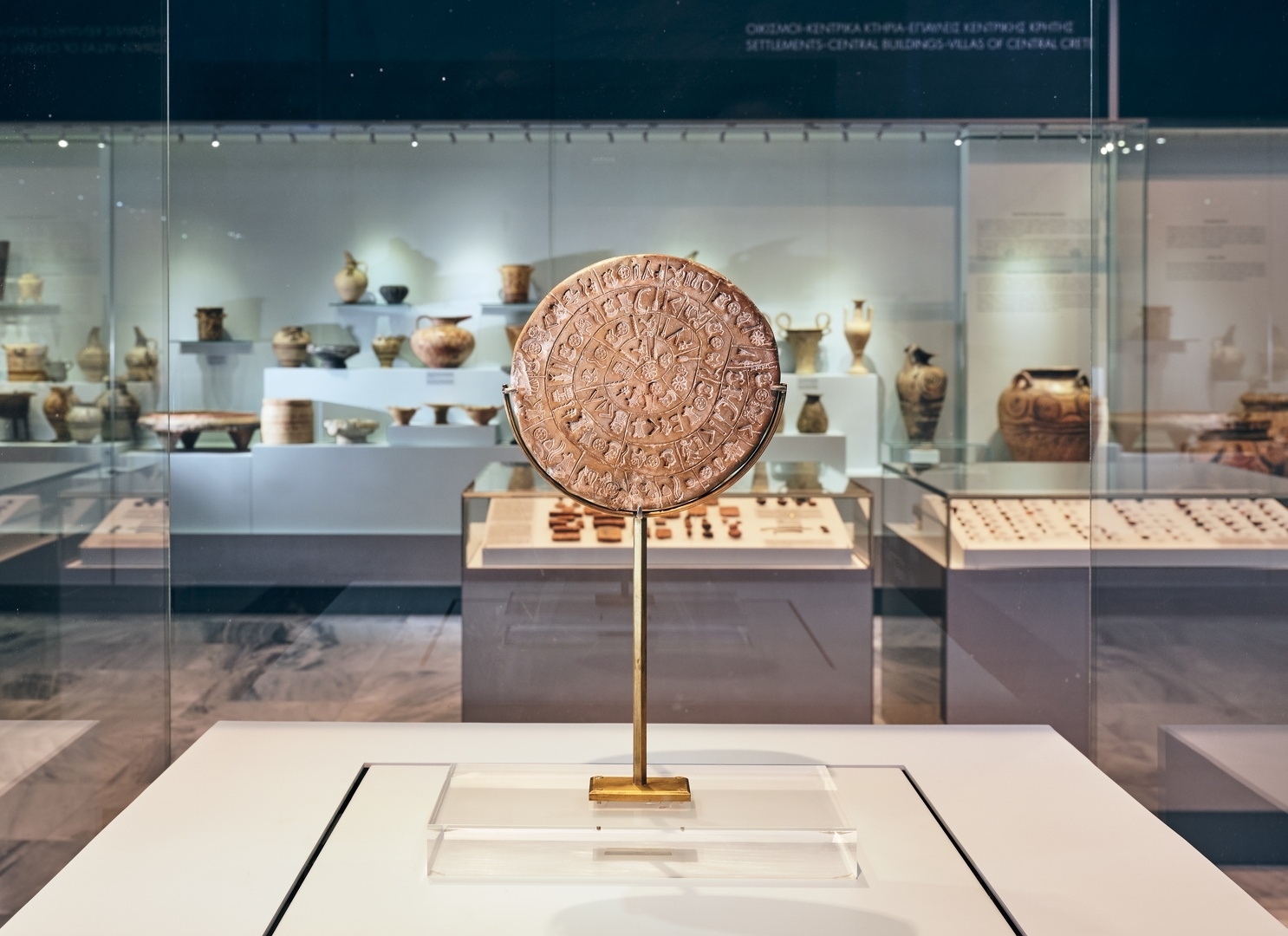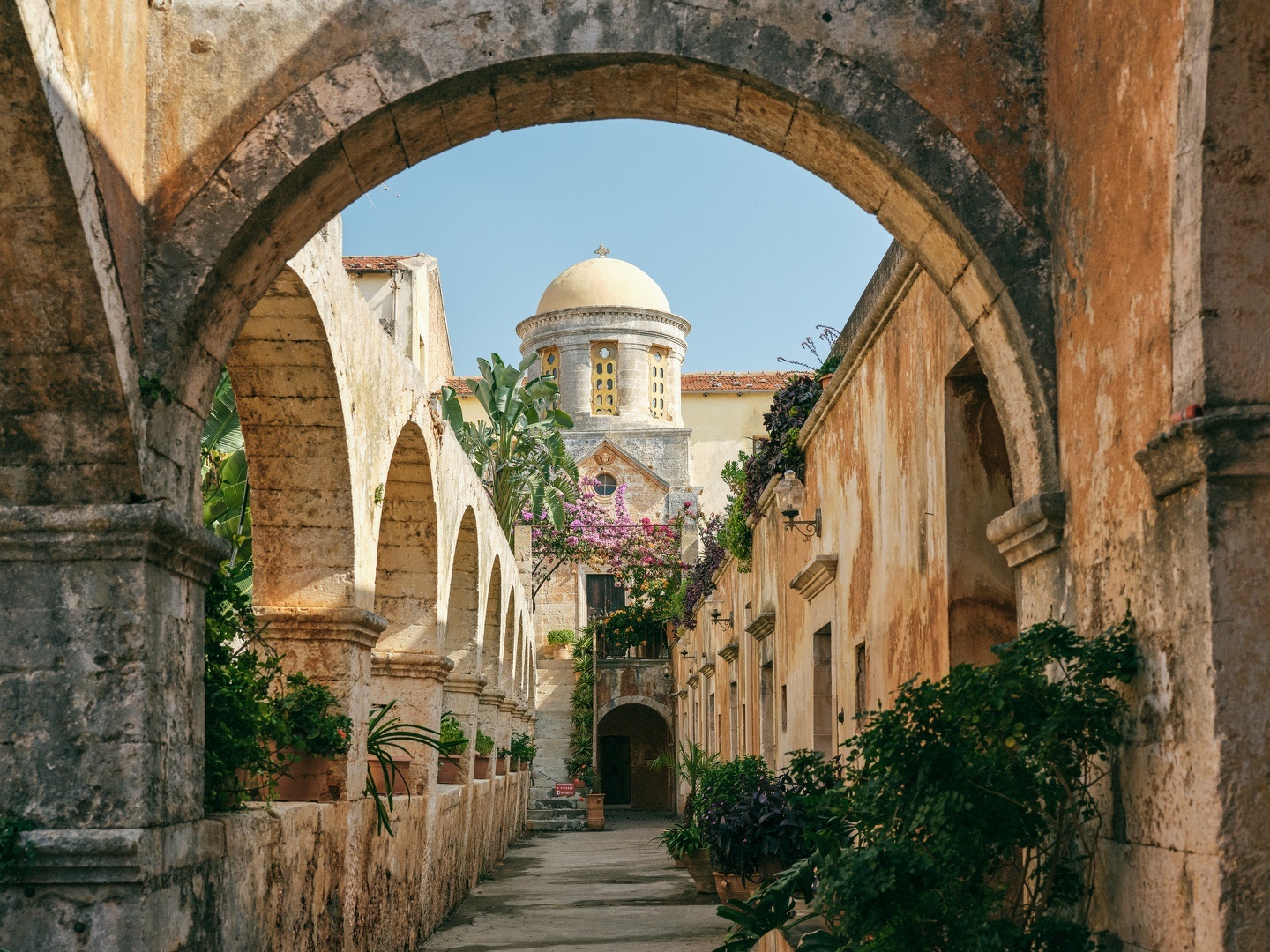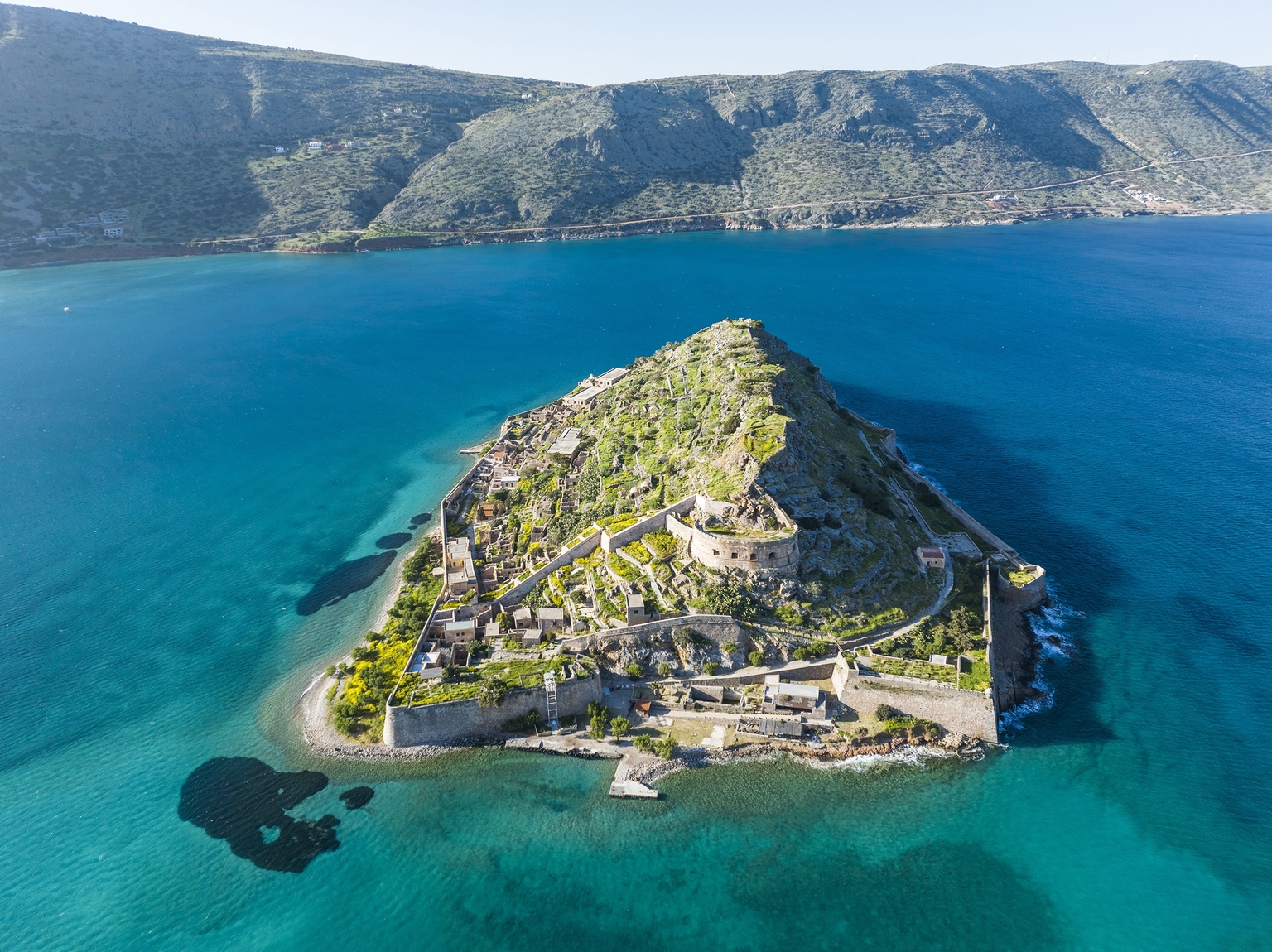
Crete is home to 17 species of bats, making it an ideal habitat for these winged mammals. The island's diverse landscapes, including forests, gorges, and numerous caves, provide suitable environments for these creatures.
Crete boasts a rich diversity of 17 bat species, and its varied landscape, featuring forests, gorges, and numerous caves, makes it an ideal habitat for these winged mammals.
In Crete, numerous bat species have been identified, including the European free-tailed bat, the Greater horseshoe bat, the Lesser horseshoe bat, Blasius’ horseshoe bat, miniopterus Shreibers’ bat, white bat, Parnell's moustached bat, Geoffroy’s bat, the serotine bat, the Alpine long-eared bat, and Savi's pipistrelle.
In 2004, a significant discovery was made: Hanak's dwarf bat was found to inhabit the island of Crete, despite originally being believed to be endemic to Libya. This species is found in a substantial population within the Samaria Gorge and ranks among the smallest mammals in the world.
Distinguishing Features
Greater Horseshoe Bat (Rhinolophus ferrumequinum)
The Greater horseshoe bat (Rhinolophus ferrumequinum), shown in the central photo, is a European bat species found primarily in Europe, Africa, South Asia, and Australia.
This species is the largest among its kind and is frequently discovered in the caves of Crete. It is identifiable by its distinct nostril shape, which resembles a horseshoe.
This bat feeds primarily on butterflies, beetles, and other insects. It tends to establish a permanent residence in a particular area and changes its nest when the seasons change.
Lastly, among European species, it holds the record for longevity, with a lifespan of up to 30 years.
European Free-Tailed Bat (Tadarida teniotis)
The European free-tailed bat (Tadarida teniotis) is a frequently encountered bat species in Europe and Western Asia, and it happens to be the most prevalent species in Crete. These bats typically have a body length ranging from 8.4 to 9.4 cm, a tail measuring between 4.8 to 5.6 cm, and wings spanning 5.7 to 6.5 cm in length.
This species typically resides in warm areas, taking up residence in caves, rocky outcrops, cliffs, and similar environments, typically at elevations ranging from 10 to 50 metres above the ground. Colonies of these bats are generally not very large, typically consisting of fewer than 100 individuals.
Lesser Horseshoe Bat (Rhinolophus hipposideros)
The Lesser horseshoe bat (Hipposideros rhinolophus) is among the smallest bats globally, weighing up to 9 grams and measuring up to 45 mm in body length. It derives its name from its distinctive horseshoe-shaped nose.
This species has been discovered in Crete, where it inhabits caves and small forests. It is known for living in colonies and locating its prey by emitting ultrasound through its mouth. These bats have robust legs, small eyes, and tend to stay close to their nests, not venturing far away.


Blasius’ Horseshoe Bat (Rhinolophus Blasii)
Blasius' horseshoe bat (Rhinolophus blasii) is an endangered bat species that resides in Crete, and there is a notable population of these bats on the island.
Blasius' horseshoe bats tend to favour warm regions with sparse vegetation and low moisture levels. They typically group together in small clusters of 3-4 bats, and during the winter, they go into a state of hibernation.
Blasius' horseshoe bats are of medium size and possess large wings. Their fur is long and typically light brown in colour. They are easily recognisable by their distinctive horseshoe-shaped noses and are skilled hunters of flying insects.
Photo: Wikipedia
The fauna of Crete
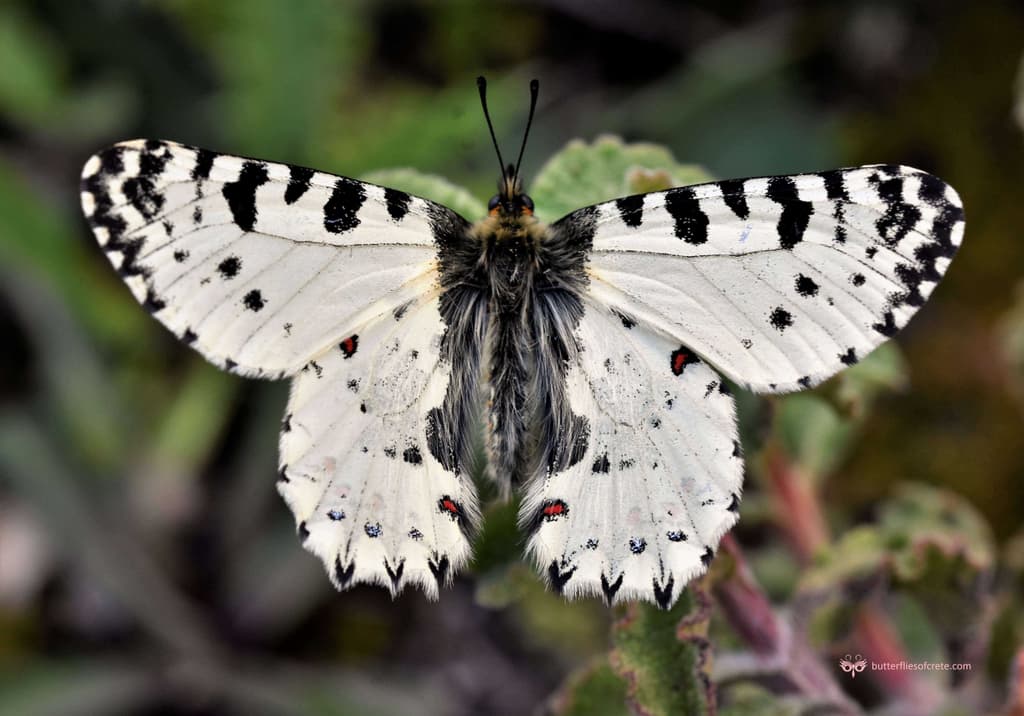
The Cretan endemic butterfly Zerynthia cretica
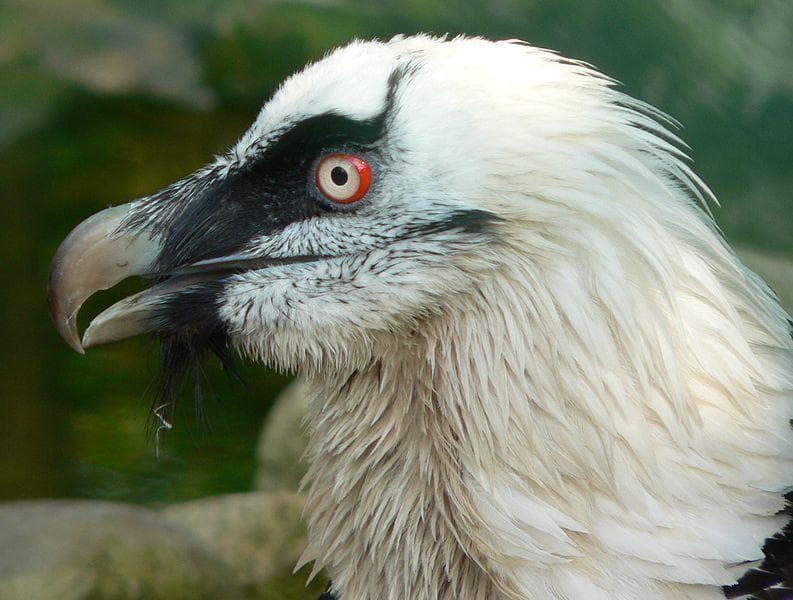
Bearded Vulture (Gypaetus Barbatus)
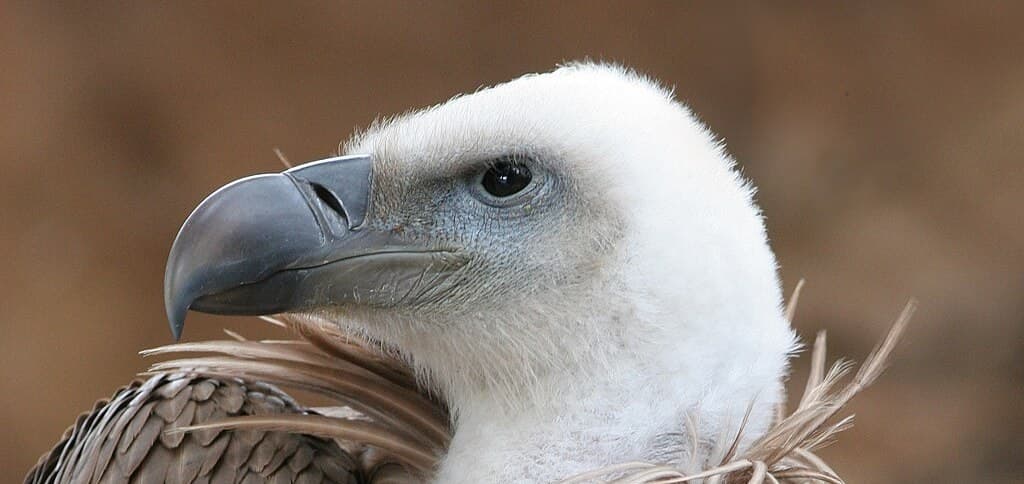
Griffon Vulture (Gyps Fulvus)
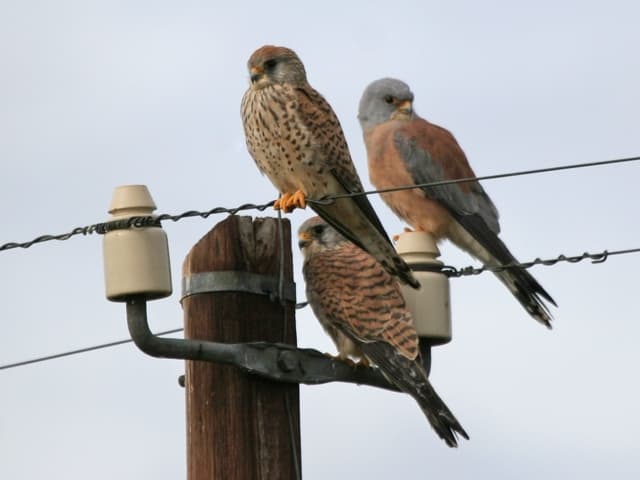
Lesser Kestrel (Falco naumanni)
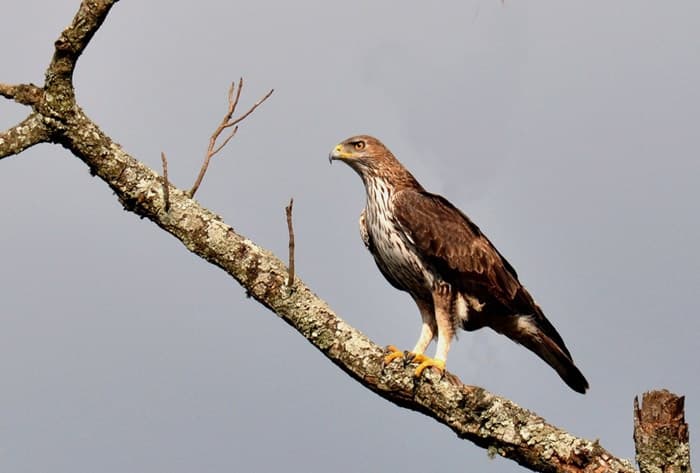
Bonelli's eagle (Aquila fasciata) (Hieraaetus fasciatus)

Eleonora's Falcon
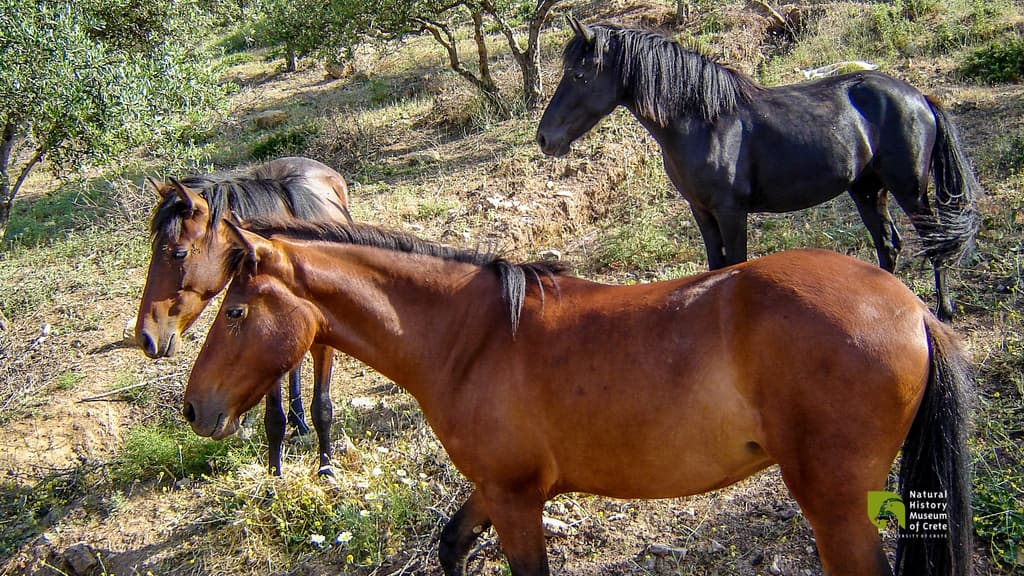
Giorgalidiko: Domestic Horse, North-western European Horse

The Cretan Badger
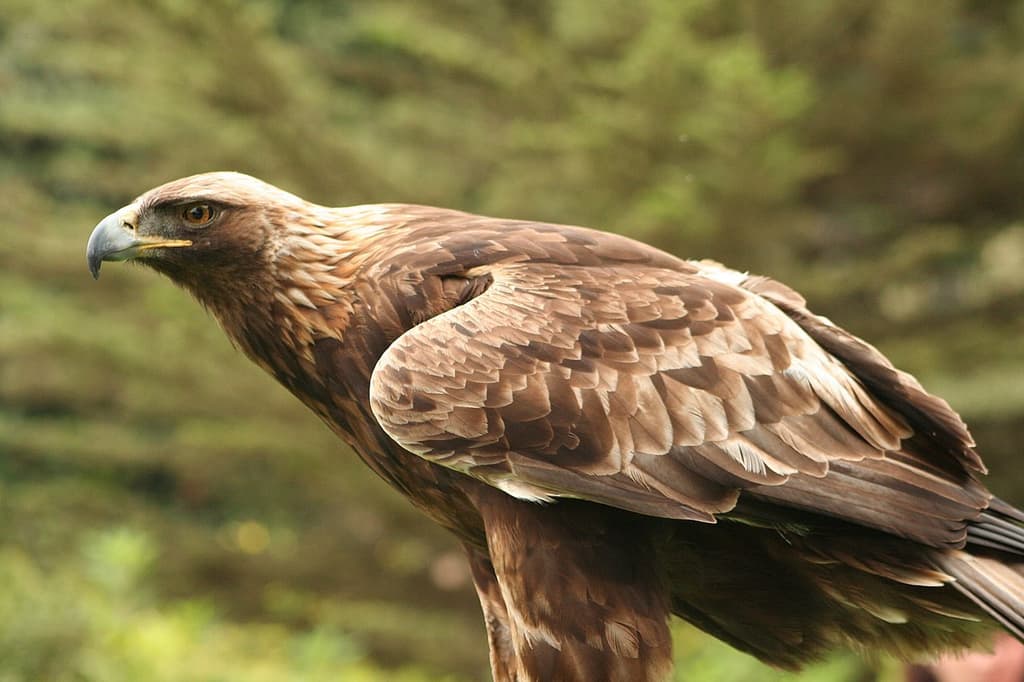
Golden Eagle (Aquila Chrysaetos)
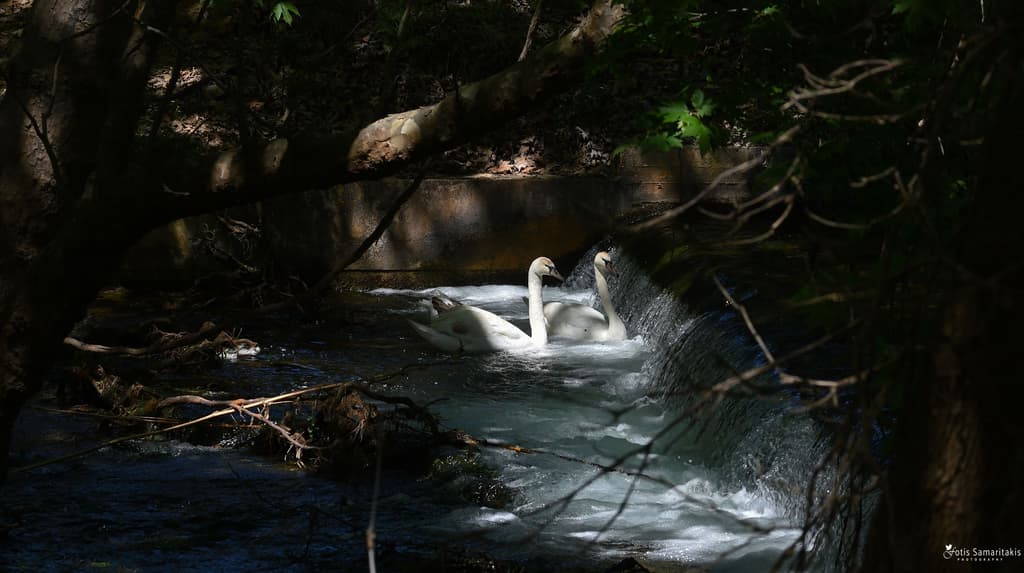
Mute Swan
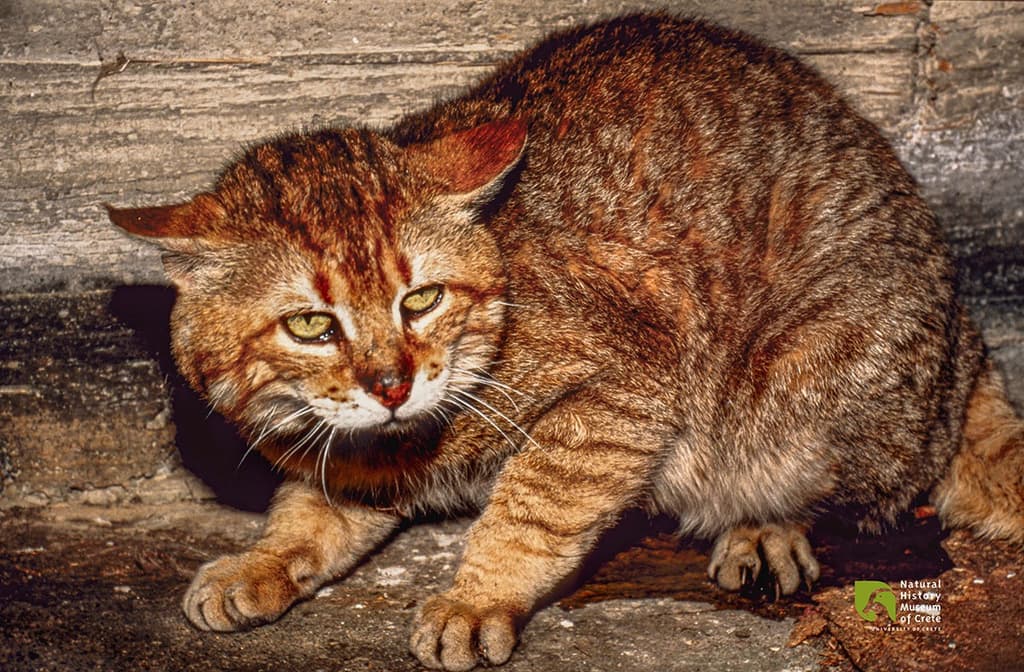
Cretan wildcat
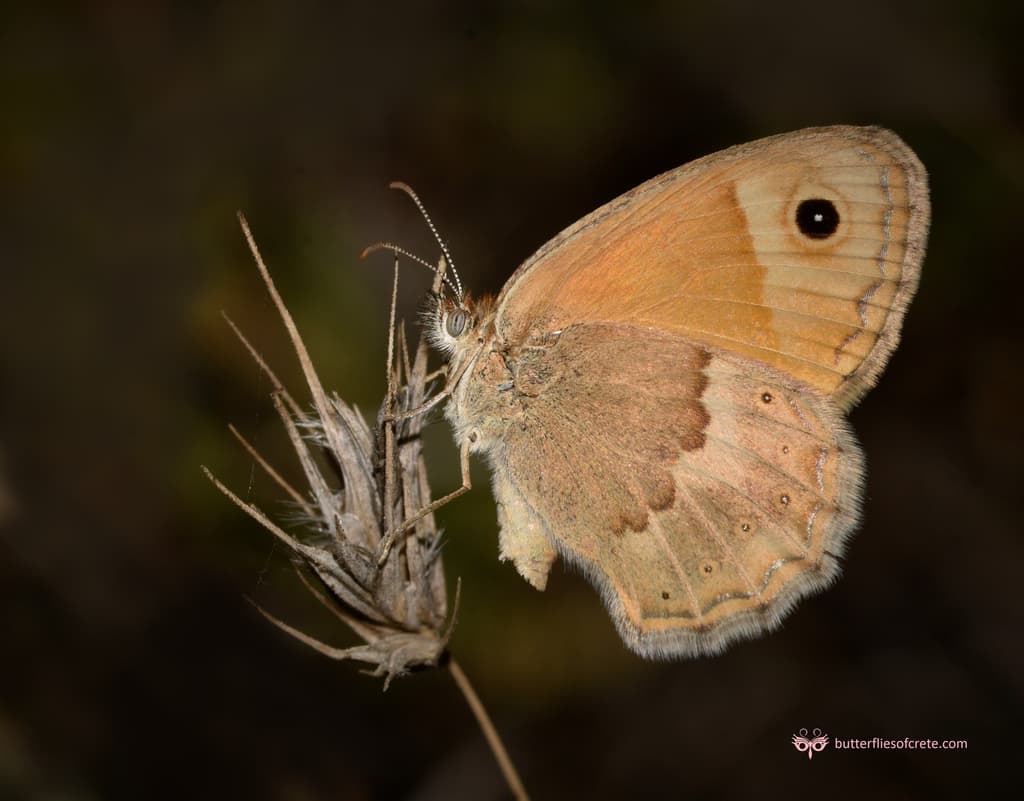
Butterflies and Moths of the island
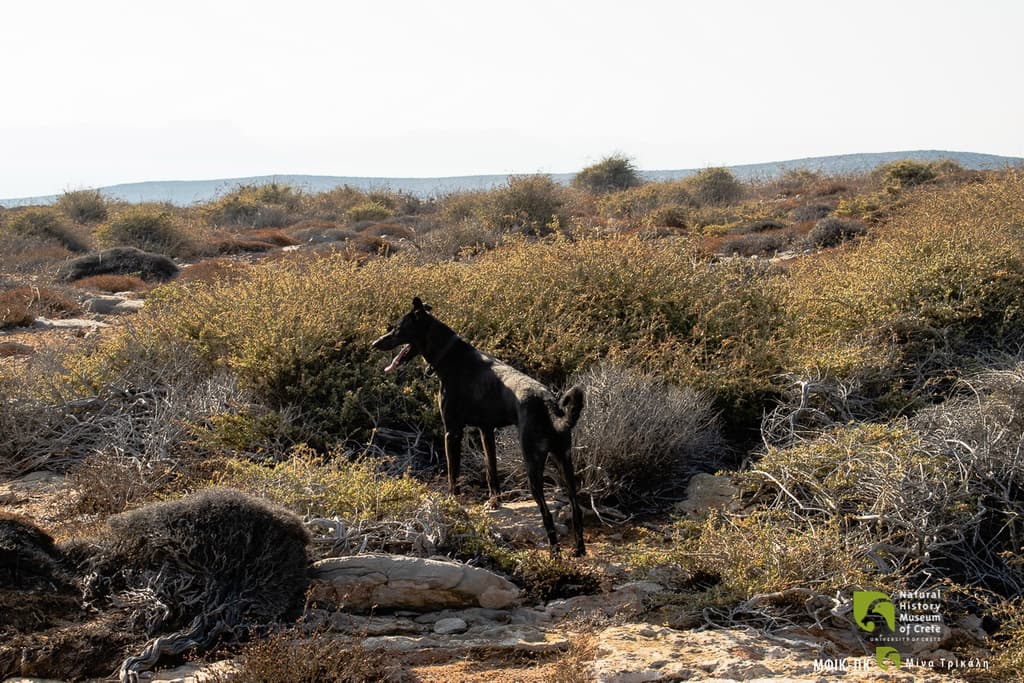
Cretan Tracker: Europe's Oldest Hound, a Gift from Zeus

Cretan shrew
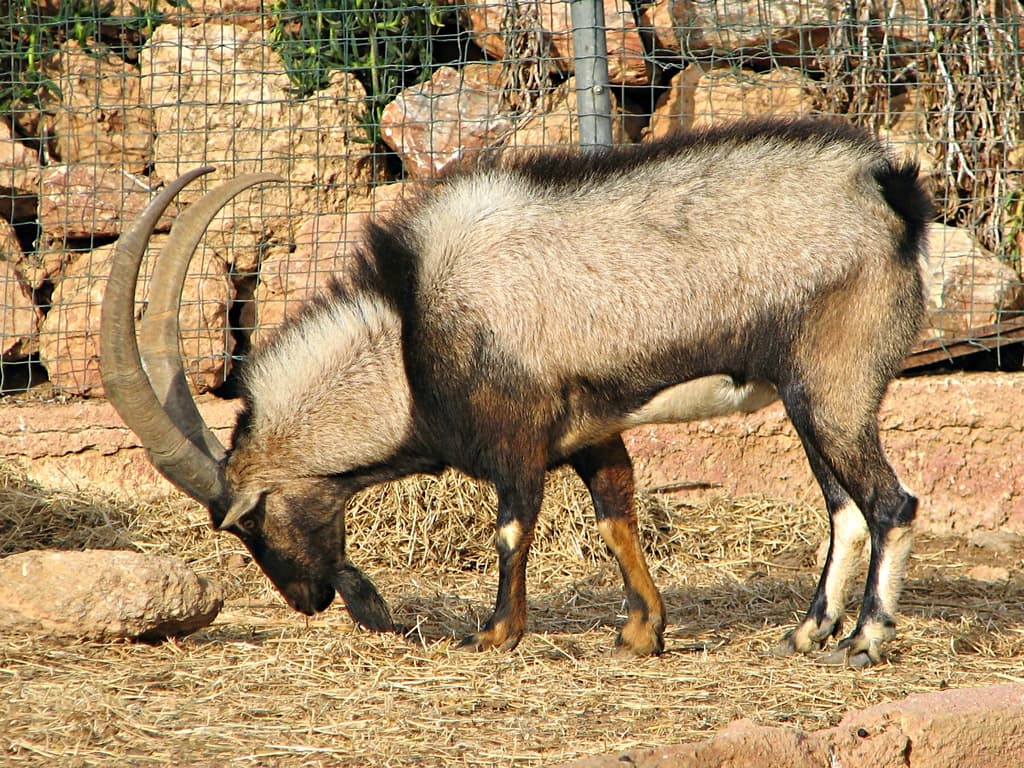
Kri-kri, the Cretan Wild Goat (Capra aegagrus cretica)
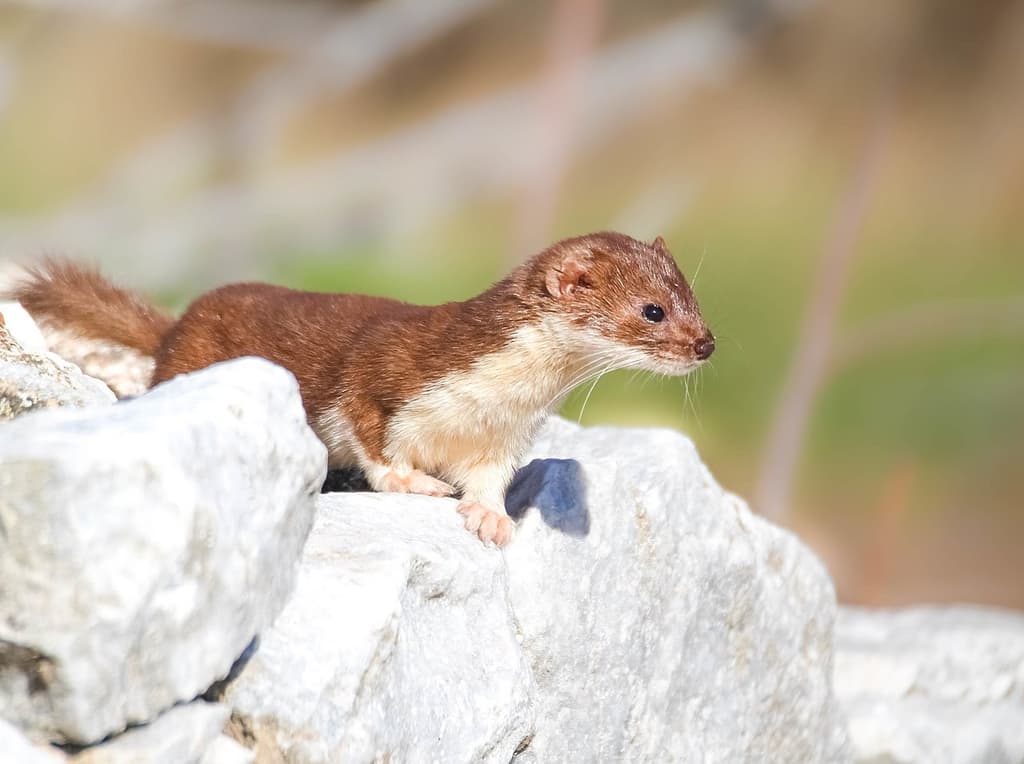
Least Weasel
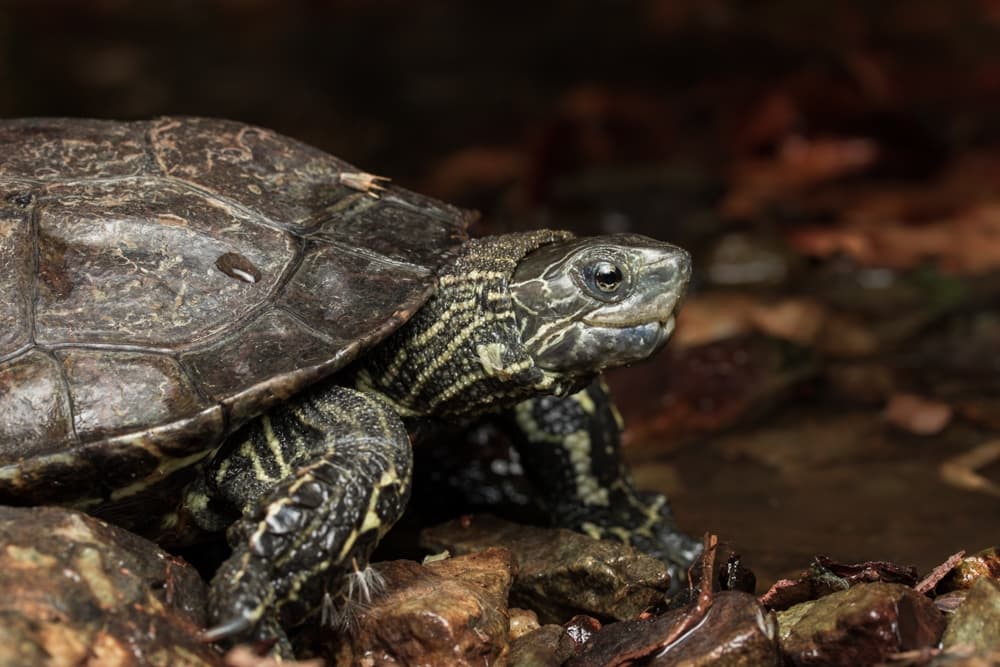
The Balkan Terrapin or Western Caspian Terrapin (Mauremys Rivulata)
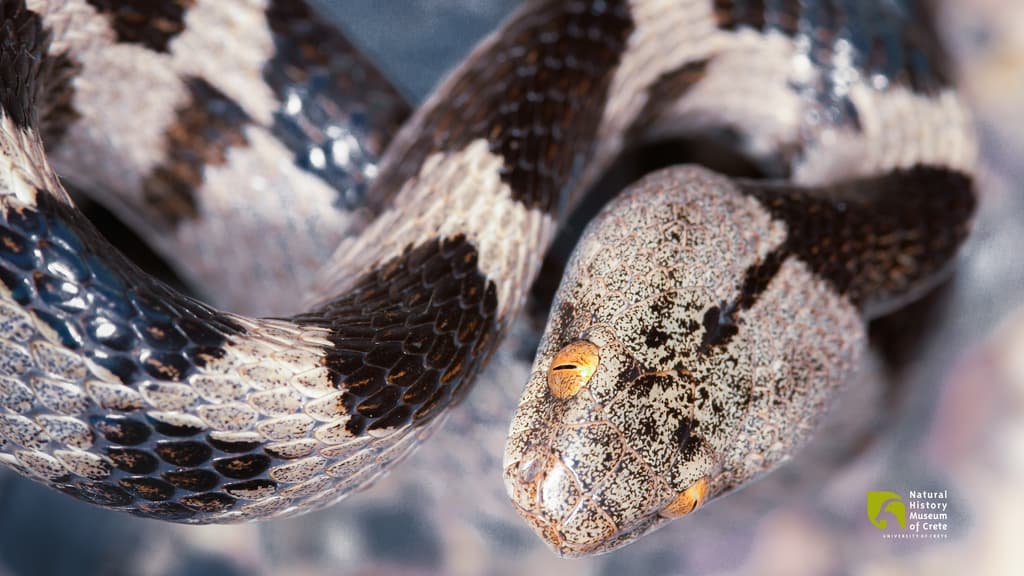
Cat Snake
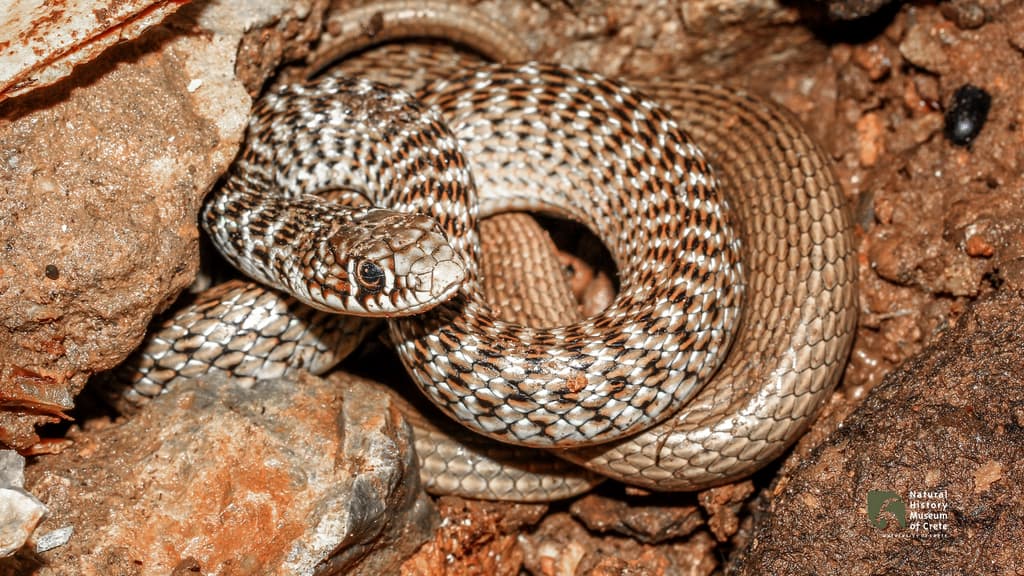
Balkan Whip Snake
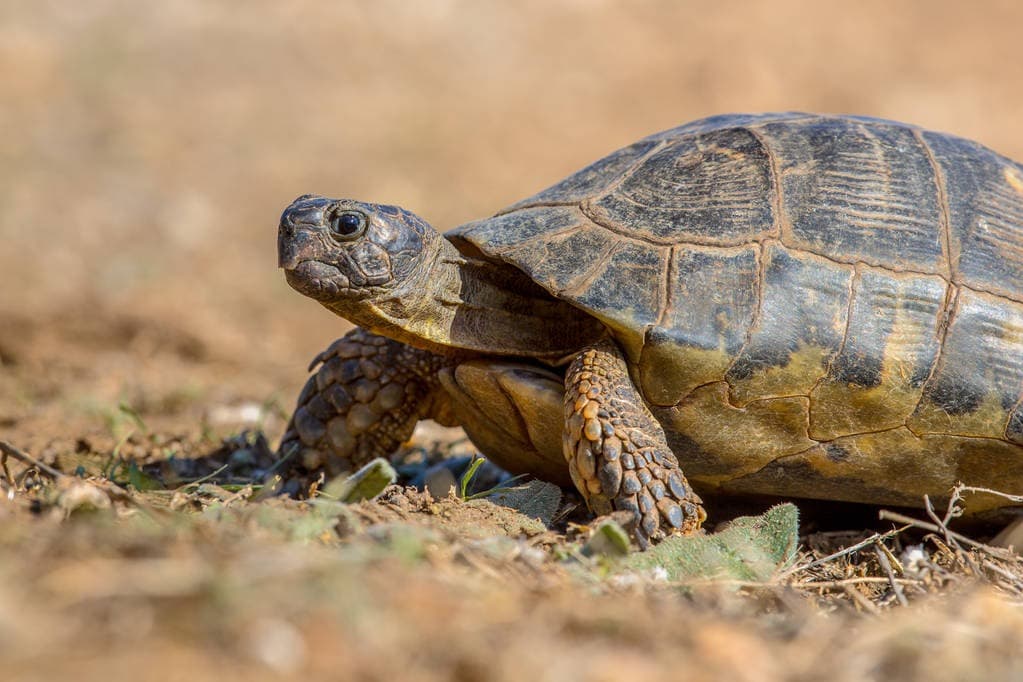
Marginated Tortoise (Testudo marginata)
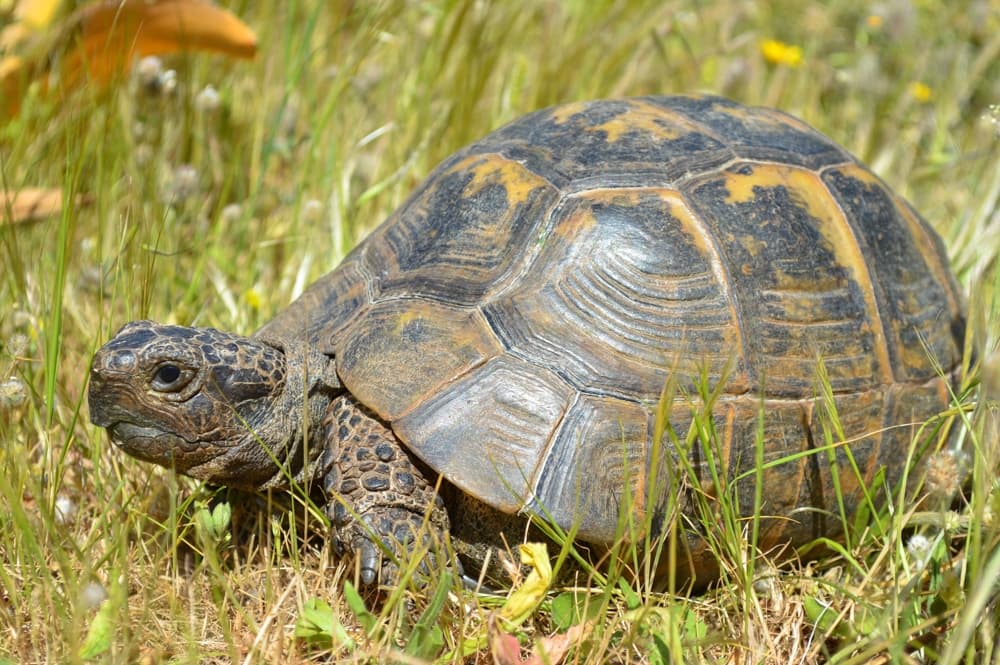
Greek turtle
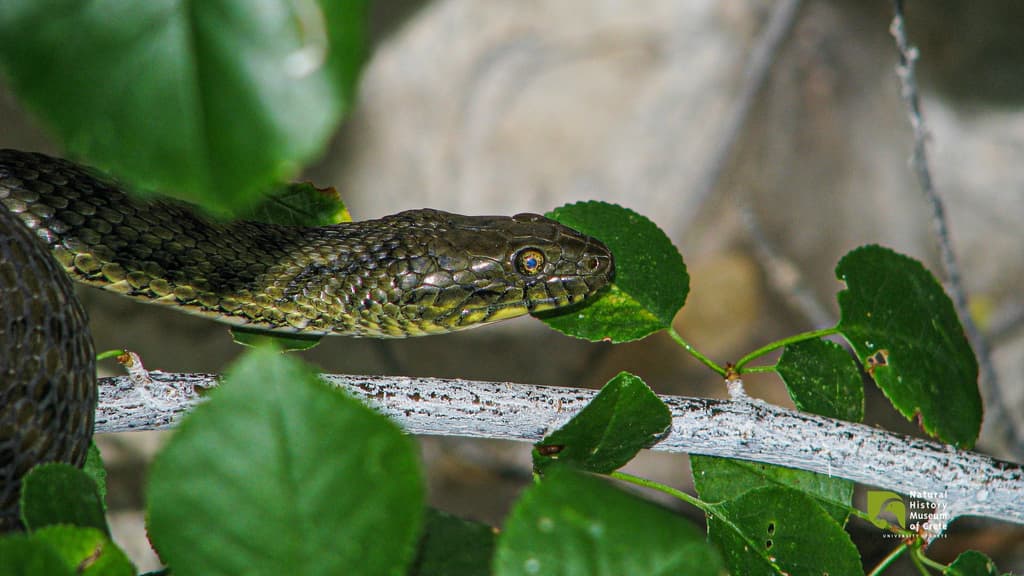
Water Snake

European Ratsnake or Leopard Snake
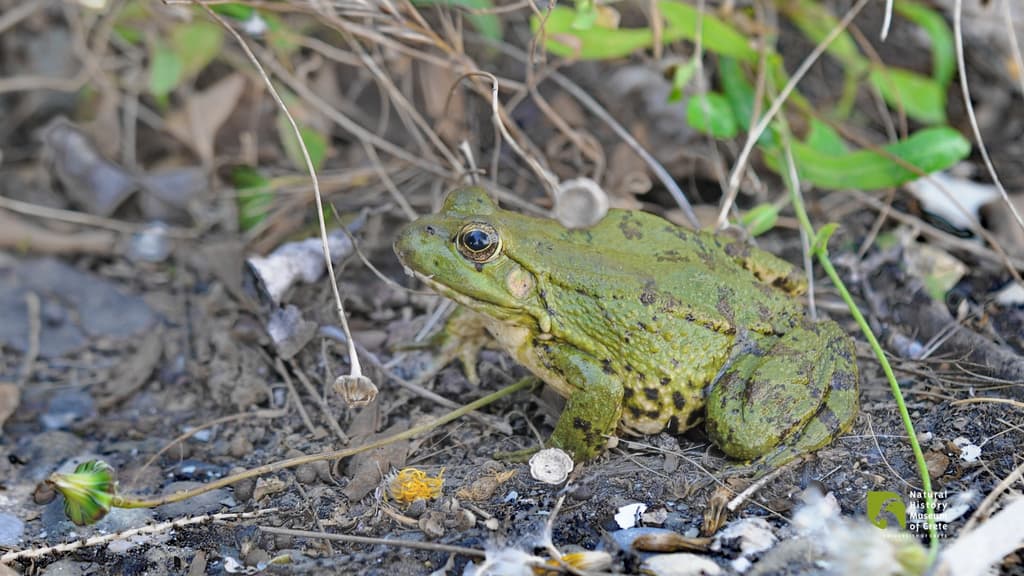
The Bullfrog
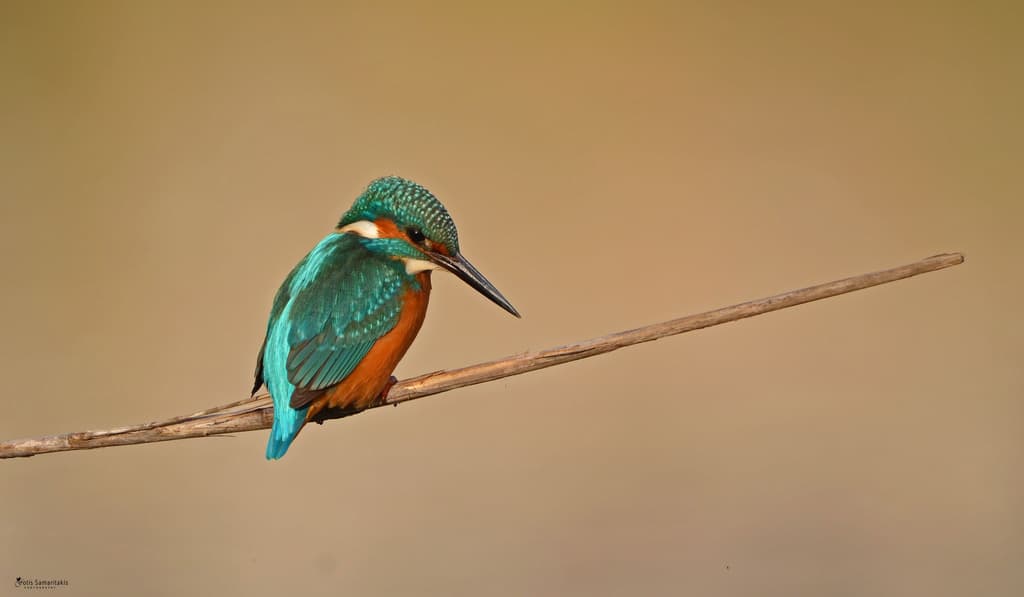
Common Kingfisher
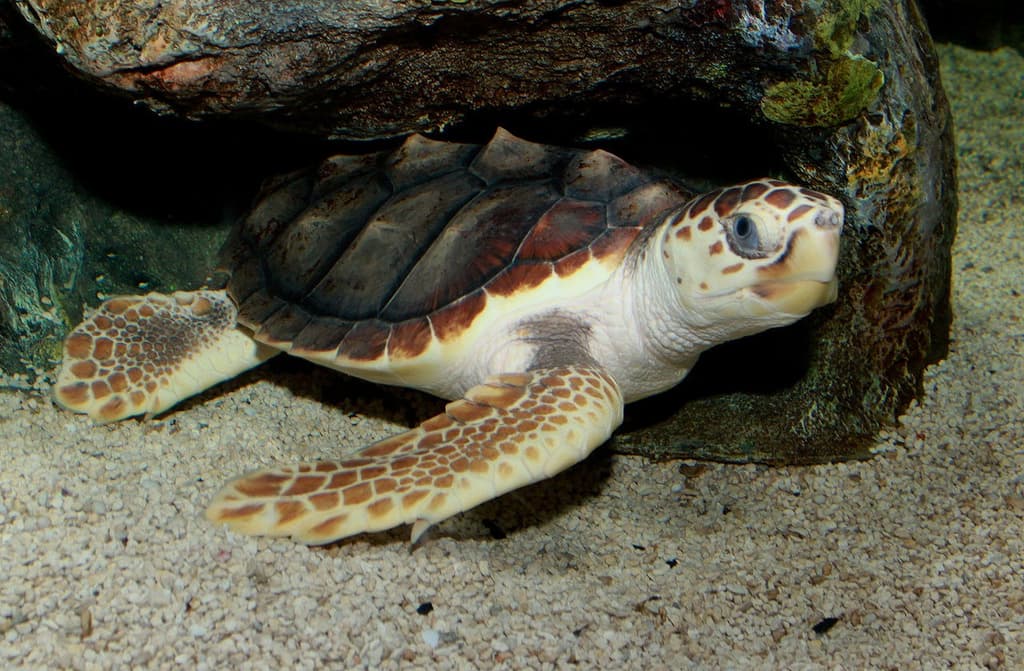
Caretta Caretta (Loggerhead Sea Turtle)
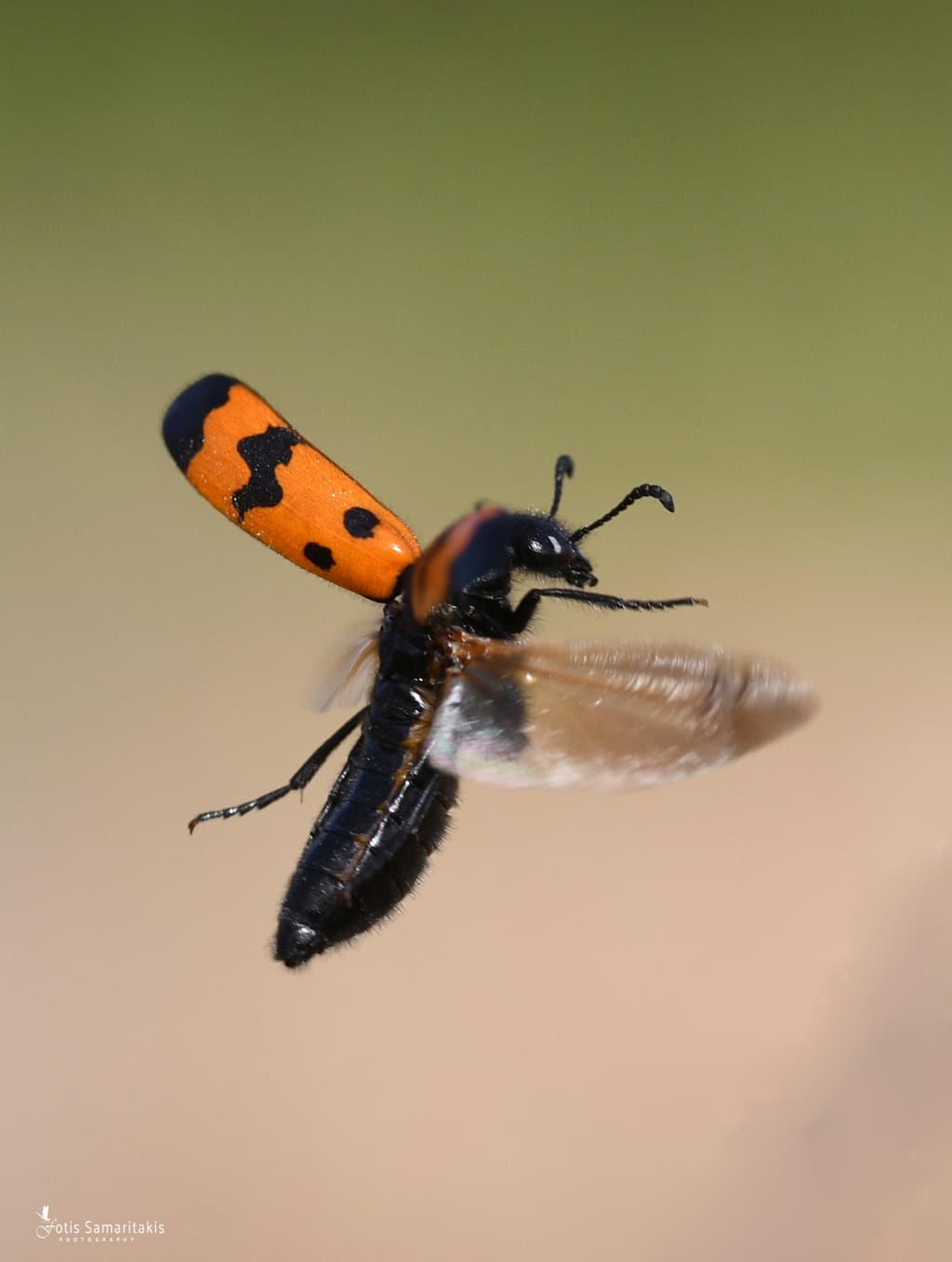
Coleoptera


